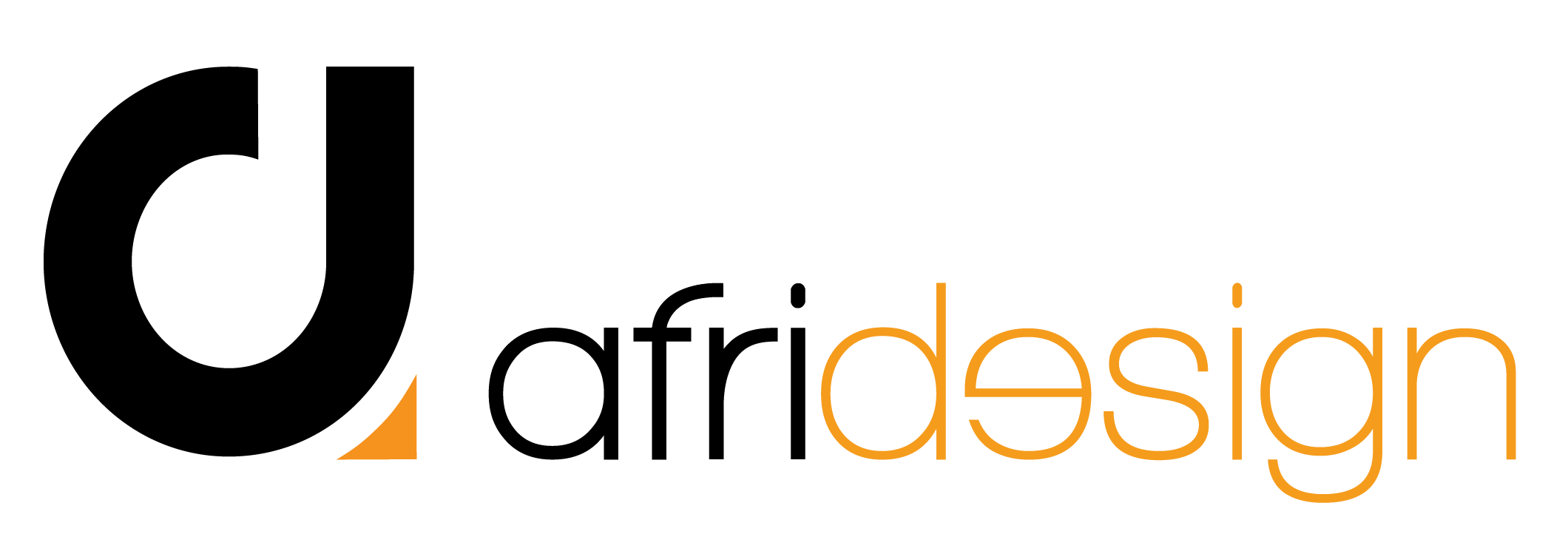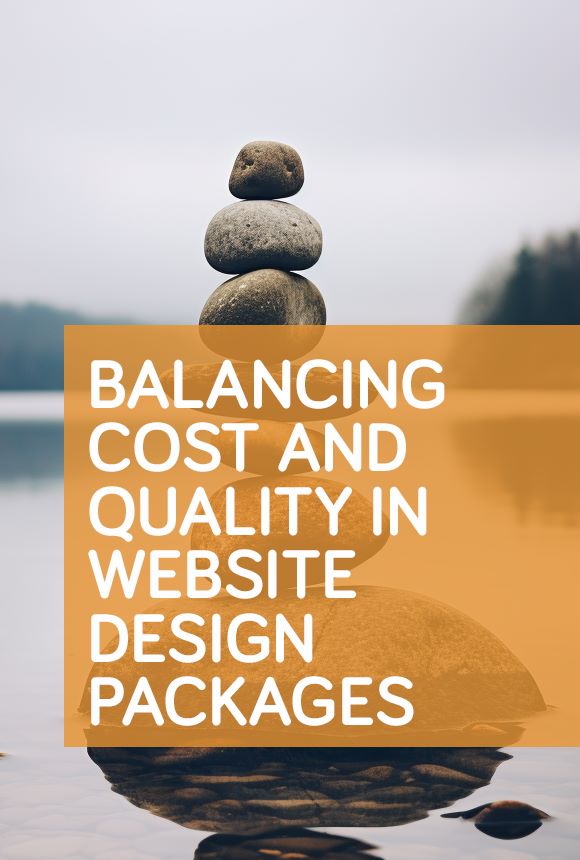In the fast-paced world of web design, finding the perfect balance between affordability and professionalism can be quite the challenge. Every business, regardless of its size, aims to establish a strong online presence, but not all can afford the hefty price tags that often come with it. This article delves deep into the cost versus quality debate in web design, offering insights and strategies to ensure your website design package is both budget-friendly and top-notch. Whether you're a startup, a small business, or a larger corporation, we've got you covered.
Understanding the Value of Your Website
Your website is your online storefront, the digital face of your business. It's where potential customers come to learn more about your products or services, make purchases, or get in touch with you. Therefore, investing in a website that reflects your brand and delivers an exceptional user experience is essential. However, this doesn't mean you have to break the bank.
The Significance of Web Design
- Design Complexity: The more intricate the design, the higher the cost. A simple, clean design can be more budget-friendly.
- Functionality: Adding features like e-commerce capabilities, customer portals, or booking systems can increase the cost.
- Customisation: Tailoring your website to your specific needs often comes at an additional cost.
- Content Management: Consider whether you'll be managing the content yourself or if you'll require ongoing support.
Finding Affordable Solutions
Now, let's dive into some effective ways to keep your website design costs in check without compromising on quality:
1. Set Clear Objectives
Define your website's primary goals. Knowing what you want to achieve will help you avoid unnecessary features or design elements that can drive up costs.
2. Choose the Right Platform
Opting for a content management system (CMS) can save you money compared to a fully custom-built website. CMS platforms offer a wide range of templates and customization options.
3. Prioritise Mobile Responsiveness
Ensure your website design is responsive and mobile-friendly. With a growing number of users accessing websites on mobile devices, this is crucial for both user experience and search engine rankings.
4. DIY vs. Professional Help
Consider your skills and resources. While DIY website builders can be cost-effective, they may not provide the level of customisation and professionalism needed for your business. Also you need to factor in the ongoing support and upkeep of your website, security patches, upgrades and hosting technicalities. Having access to a professional may be a worthwhile investment.
5. Optimise for SEO
Invest in search engine optimisation (SEO) to increase your website's visibility. A well-optimised website can attract organic traffic, reducing the need for costly advertising.
Balancing Cost and Quality
1. Evaluate Portfolio and Reviews
Check th portfolio and client reviews of web design providers. A track record of delivering quality work is a good indicator of professionalism.
2. Communicate Clearly
Effective communication with your chosen web designer or web design company is crucial. Make sure they understand your vision and objectives to avoid costly revisions later on.
3. Consider Long-Term Costs
Think beyond the initial design. Factor in ongoing maintenance, hosting, and potential future updates when evaluating the overall cost.
4. Get a Detailed Quote
Request a detailed quote that outlines all costs involved, from design and development to hosting and maintenance. This will help you avoid unexpected expenses.
Conclusion
Finding the right balance between affordability and professionalism in website design packages is achievable with careful planning and research. Remember that your website is an investment in your business's success, and cutting corners can sometimes lead to costly consequences. By following the strategies and tips outlined in this article, you can ensure your online presence stands out without draining your budget.
Now, let's address some common questions about affordable website design:
FAQs
FAQ 1: How much should I budget for a professional website design package?
The budget for a professional website design package can vary widely based on your specific needs and objectives. It's essential to set clear goals and discuss your budget with potential web designers to get accurate quotes.
FAQ 2: What should I prioritise when choosing a web design package: cost or quality?
Both cost and quality are important factors to consider. While you don't want to overspend, compromising on quality can harm your online reputation and user experience. Strive for a balance that aligns with your budget and goals.
FAQ 3: Can I update my website content on my own with a professional design package?
Many web design packages include content management systems (CMS) that allow you to update your website's content independently. Ensure you discuss this feature with your chosen web designer to confirm the level of control you'll have.
FAQ 4: Are there ongoing costs associated with website design packages?
Yes, there are ongoing costs to consider, such as hosting, domain registration, and maintenance. These expenses ensure your website remains accessible and up-to-date. Discuss these costs with your web designer or provider upfront.
FAQ 5: How can I ensure my website is SEO-friendly with an affordable design package?
To make your website SEO-friendly, focus on optimising content, using relevant keywords, and ensuring mobile responsiveness. Discuss your SEO goals with your web designer to incorporate these elements into your design package.
For more information on Afridesign’s Web Design Service please visit our website https://www.afridesign.com/ or https://www.afridesign.com/monthly-website-design-service/


